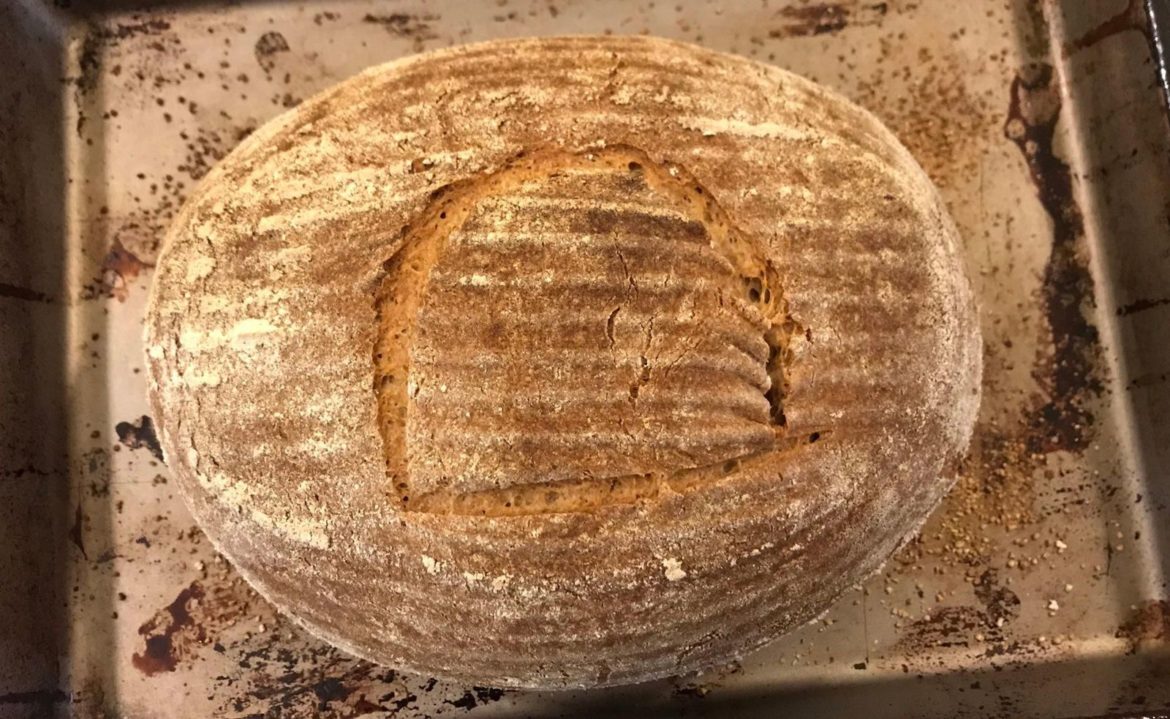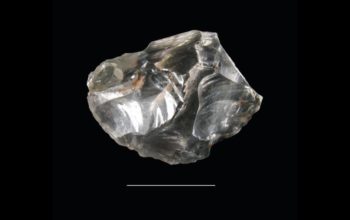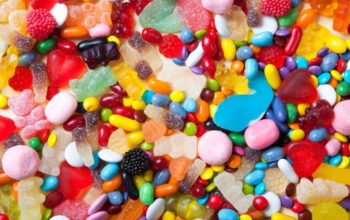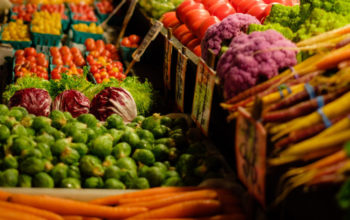After extracting the dormant yeast from cooking vessels, an amateur gastroegyptologist used ancient grains to recreate an Old Kingdom loaf.

The following written content by Jason Daley
Seamus Blackley, best known as one of the minds behind the Xbox, is a hardcore amateur baker and Egyptologist. Recently, he decided to combine his two hobbies. As Alix Kroeger at the BBC reports, along with University of Queensland archaeologist and ancient brewing expert Serena Love, he negotiated access to 4,500-year-old Old Kingdom vessels used to bake bread and make beer from the Peabody Essex Museum and Museum of Fine Arts in Boston.

Richard Bowman, a doctoral candidate in microbiology at the University of Iowa, helped in the process, injecting a nutrient solution into the ceramics, which reawakened dormant yeasts. The team then extracted the yeasty liquid. While most of the yeast was sent off to a laboratory for study, Blackley took one sample home, setting out to recreate the taste of ancient Egypt by baking with its yeast.
“It’s such a magical thing, to think we can share food in a rather genuine way with our distant ancestors,” Blackley writes on Twitter.

While it’s possible that humans began making some form of bread as early as about 30,000 years ago, they didn’t begin using yeast to produce beer, wine and leavened bread until about 6,000 years ago.
It’s likely that the yeast the team captured is the real deal. While previous experiments have scraped the interiors of the bowl, which could easily be contaminated, and other techniques destroy the bowls to gain access to the yeast, this method is non-invasive. “You pump a fluid in carefully with a syringe and some sterile cotton in contact with the ceramics. It soaks in and you vacuum it back out,” Bowman tells Will Pavia at The Times.
Genomic sequencing will conclude whether the ancient yeast is the real deal or contaminated with modern microbes. In the meantime, Blackley couldn’t resist baking with his sample. He cultivated the yeast for a week using unfiltered olive oil, hand-milled barley and einkorn, one of the earliest forms of wheat, until he had a starter, like that used to make sourdough bread. Read more from Smithsonian.





